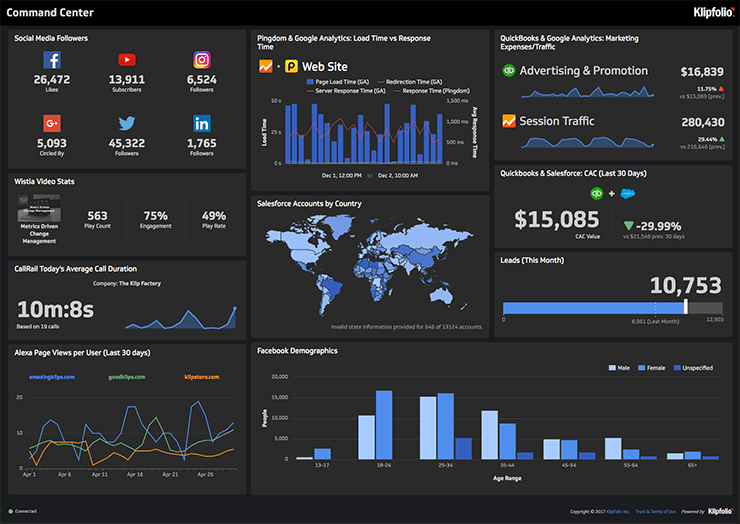Big data need Big screen as the decision maker need to see the full picture
The challenge of Big Data arrives
All of this new data is amassing into what is becoming commonly known as “Big Data.” Gartner defines Big Data as “high-volume, -velocity and -variety information assets that demand cost-effective, innovative forms of information processing for enhanced insight and decision making.”
The growing abundance of Big Data is truly both a blessing and a curse for entities charged with monitoring and managing a city’s public infrastructures. The more data that is available, the better solutions will result. But it requires effectively managing this huge volume of information coming from many difference sources and turning it into meaningful knowledge.
In the dynamic control room environment, the “velocity” aspect of Big Data is the most critical factor because of the real-time demands of public infrastructures and the need for operators to correlate a ubiquitous, ongoing flow of data to make decisions that positively impact operational efficiency and public safety. Harnessing and moving data as quickly as possible from inception to decision is the biggest challenge control room operators face in this new era of smart infrastructures and Big Data.
Control rooms must evolve
Clearly, the evolution of Big Data necessitates a paradigm shift in control room operations, as the sheer volume of information would be daunting for control rooms using the traditional operational model, which employs user-centric approach to monitoring requiring constant human supervision of and interaction with the technology. For example, in the typical security operations center, control room staff watches feeds from dozens of surveillance cameras simultaneously and decide which situations warrant action or intervention. A great deal of risk falls upon the operator who must be constantly tuned to all of these monitors and make subjective decisions based solely on visual information. However, because of the limited powers of human observation, this model isn’t sustainable in the brave new world of Big Data.
Same for war room and data visualization wall the traditional control room will not help to get the full picture, the main challenge is how you can get any kind of data and sources on the screen with one touch.
We offer the best and state of the art solution which will provide the operator a dynamic content with very easy way to drag and drop any content from internet, intranet or live sources.
Collaboration is key
In the modernized control room of the future, all key stakeholders should have access to the critical tools that enable effective collaboration, such as the ability to create, combine and share various user perspectives of data, images and video. This is because with increased risk, collaboration becomes even more important, requiring multiple functions and echelons within an organization to assess information and make decisions in real time. Systems should also include built-in security protocols that regulate access to information, ensuring visibility of sensitive information only by the appropriate individuals.
By combining collaboration with control room solution that will allow the team to share the incidents and any kind of sensitive data with the decision maker.
The decision maker maybe will be some where out of the control room or away of the office so he can get the data on his smart device or by email to take instant action.
Networked visualization can help
Since Big Data significantly increases the scale and complexity of control room visualization needs, today’s operations centers need a system that can efficiently support the velocity aspect of Big Data, be easily adaptable, and facilitate collaboration.
The optimum control room solution should feature an “any source, anywhere” networked visualization platform, one that can handle unlimited sources and outputs to deal with the abundance of data and enable collaborative decision-making across multiple functions and geographies. This means presenting information wherever it is needed, not just on the display wall but where decisions are made. This entails the ability to correlate information from many different sources into an actionable perspective — a personalized and dynamic view appropriate to everyone’s different roles and tasks.
Recording capabilities are also an essential component of a networked visualization platform. The ability to record events displayed on the wall, including how operators react and solve incidents, can help control room administrators optimize their workflows as well as aid in mission debriefing sessions. Moreover, recorded activities can also serve a useful purpose in re-training current staff and training new staff when organizational changes occur.
Important considerations that organizations should keep in mind when implementing a modernized control room visualization solution include:
- Equipped with the right perspectives to efficiently capture, analyze, manage and utilize Big Data to make smart decisions in real time
- Pre-defined, standardized and ad-hoc perspectives which correlate disparate sources and bring meaningful context to the data
- Video wall and sources this is one of the main important part
- Input and output that can be easily added to adapt to changing needs
- Redundant option
